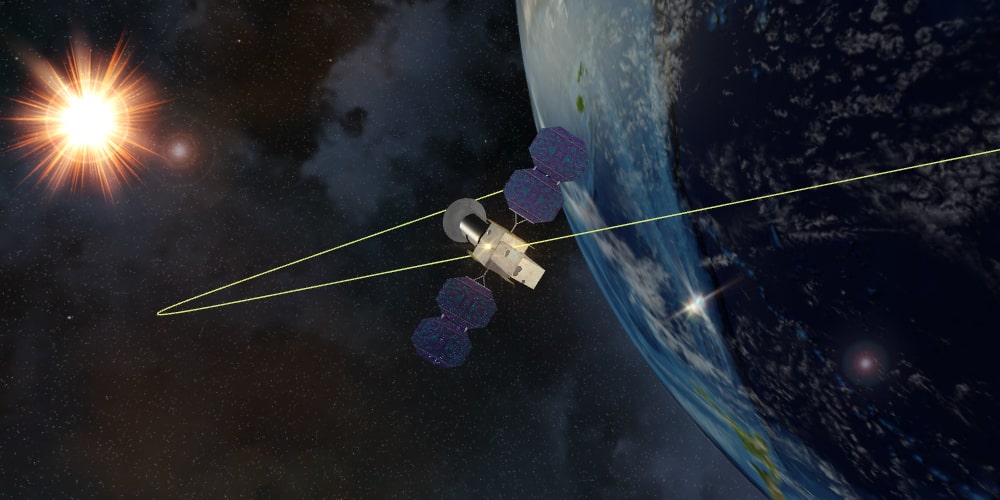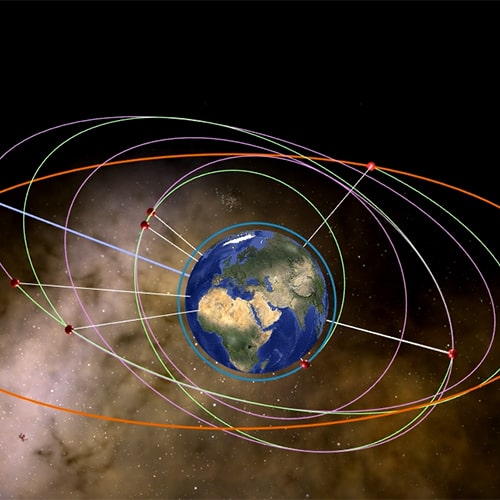With the focus on maximizing the deliverable payload while keeping the transfer required propellant mass low, the adoption of the low-thrust propulsion technology such as solar sails is one of the envisioned possibilities. Because of its higher specific impulse, this technology uses a diminished amount of propellant to transfer cargo from Earth to other target celestial bodies with respect to a chemical-based spacecraft. However, this gain in mass is accompanied with longer transfer times due to the low level of thrust and high-power demand, which is translated in a considerable size of propulsion elements such as the solar panels. Furthermore, the main subsystems sizing of an electric propulsion platform is highly intertwined with the transfer trajectory of the vehicle and, thus, to the thrust control strategy selected. Usually, the available tools concerning the analysis of space systems based on electric propulsion focus on the trajectory optimization given a fixed initial mass, number of thrusters and propellant, or on an in-depth analysis of the propulsion system.
Following these issues, we present different methods, mainly based on a shape-based techniques, and evolutionary algorithms to generate approximate optimal trajectories for various space missions such as heliocentric transfer scenarios. We develop novel shape functions that describe the evolution of orbital elements for three-dimensional transfers, whose analytical expressions have been chosen by analyzing actual (optimal) transfer trajectories. We formulate trajectory optimization problem considering the existing constraints according to the problem, and we propose efficient methods, yielding reliable solutions. We validate our methodologies using three-dimensional orbit-to-orbit and rendezvous transfer scenarios. Extensive numerical simulations are adopted in our research to show that the obtained solutions are better trajectories than those obtained using other existing methods.



